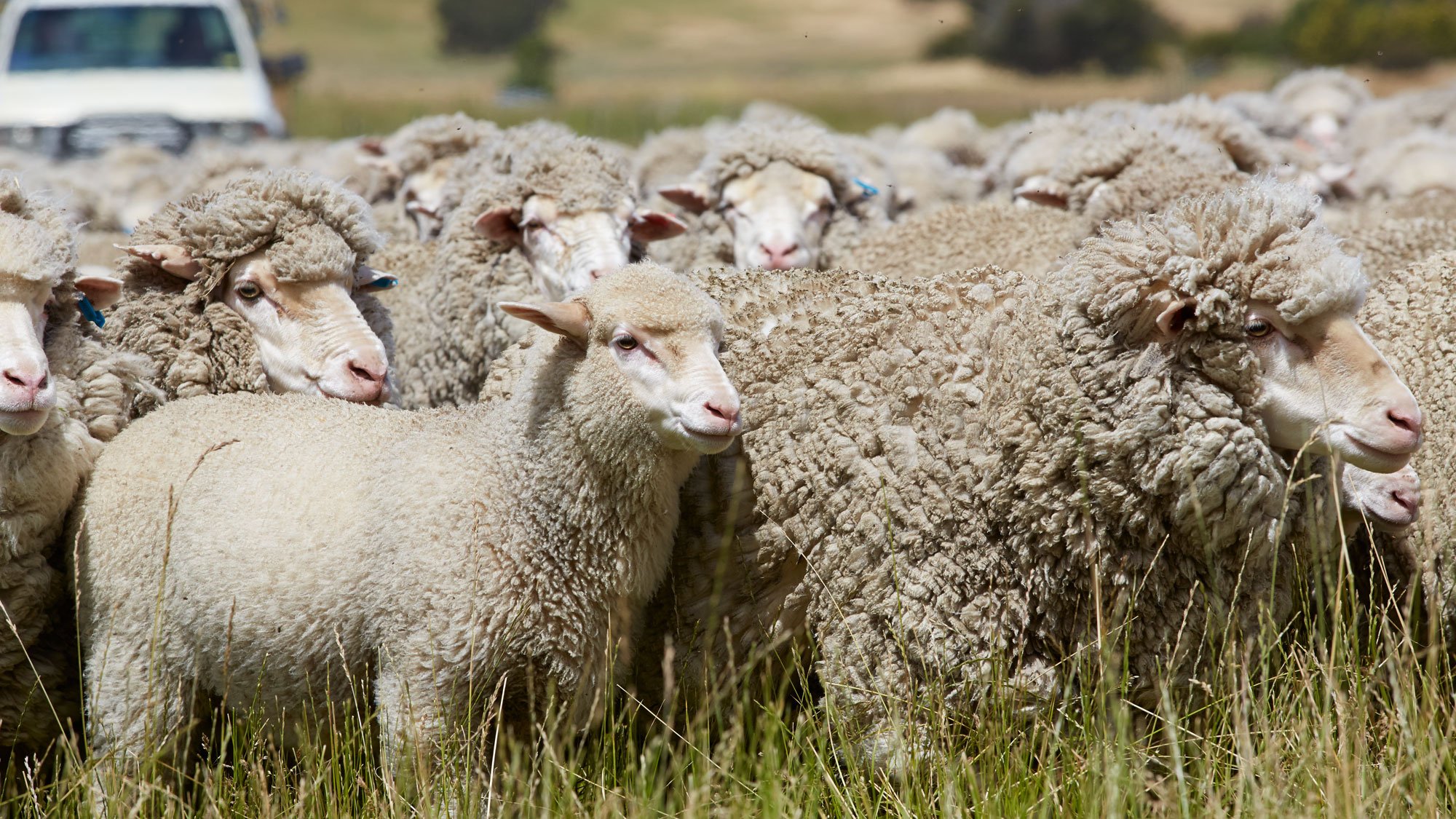Tool 10.3 How the ‘ram effect’ works
The ‘ram pheromone effect’ can be used to stimulate oestrus in ewes joined outside the breeding season (September to December) and to concentrate the joining. For this to be effective, all rams (including those of the neighbours), need to be kept at least 1 km from the ewes for at least one month before the start of joining.
The sudden introduction of rams or teasers (vasectomised rams or testosterone-treated wethers) in spring to ewes that have been isolated from rams will induce ewes to start cycling. This is known as the ‘ram effect’.
For out-of-season breeding, teasers can be introduced to ewes 14 days before joining. This will stimulate ewes to cycle when rams are introduced, leading to a more compact joining and lambing. Where a ram response occurs, most ewes will come on heat 17 or 25 days after the first ram or teaser introduction.
The major benefit of successfully using the ram effect is to achieve a high proportion of ewes in lamb over a short period of time and a more compact lambing. The response will only occur with out of season breeding when joining before the summer solstice (the “longest day”). The effect is more pronounced in British breeds than Merinos.






